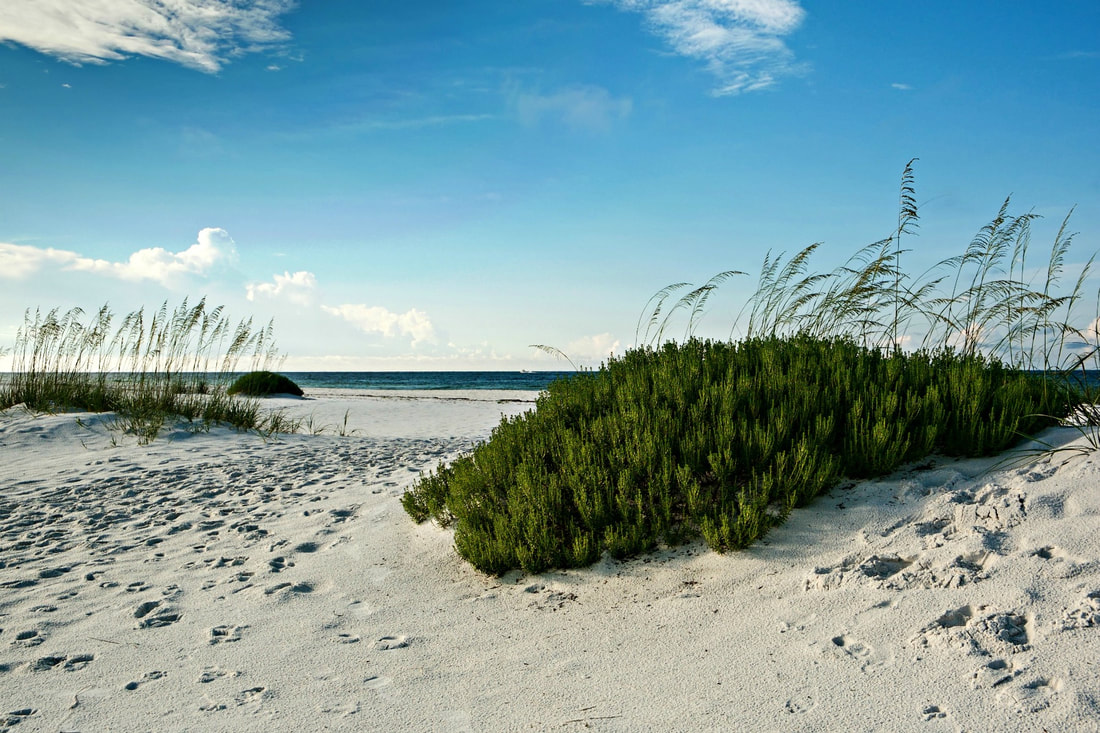DUNES ~ Sea, Sand and People. An Environmental History of Coastal Dunes

Project status
Concluded
Execution period
2018-2024
REF
802918-DUNES-ERC-2018-STG
Funding scheme
European Research Council Starting Grant
Main research unit
Centro de História da Universidade de Lisboa
Main institution
Faculdade de Letras da Universidade de Lisboa
Partner research networks and institutions
Rede BRASPOR
Principal Investigator
Joana Gaspar de Freitas (CH-ULisboa)
Research team
Joana Gaspar de Freitas (CH-ULisboa), João Alveirinho Dias (CIMA-UAlg), Viriato Soromenho-Marques (CF-ULisboa)
Project fellows
Ana Marcelino (CH-ULisboa), Mihaela Tudor (CH-ULisboa), Monique Palma (CH-ULisboa), Rita Matildes (CH-ULisboa)
Dunes are now protected environments, being top priority for coastal managers, because of their important role as coastal defences. But, it was not like that in the past.
For centuries, dunes were considered unproductive and dangerous. The sand blown by the wind was taken inland, invading fields, silting rivers and destroying villages. In the eighteenth century, a strategy was developed to fight against the dunes: trapping them with trees, with the double purpose of preventing the destruction of arable land and increasing their economic value converting them into forest areas. Different governments, in different countries supported the immobilization of the shifting sands. The strategy, developed in Europe, was taken to other places in the world. These works caused profound changes in vast coastal areas transforming arid landscapes of sandy dunes into green tree forests. This project aims to explore human-environment relations in coastal areas worldwide, since the eighteenth century until today through the study of dunes as hybrid landscapes.
Based on selected case-studies and comparative approaches, the project will focus on the origins, reasons and means of dunes afforestation; the impacts of the creation of new landscapes to local communities and ecosystems; and the present situation of dunes as coastal defences and rehabilitated environments. The final purpose is to produce an innovative global history of coastal dunes, combining knowledges from both Humanities and Social Sciences and Physical and Life Sciences. Supported by an interdisciplinary team, this research will result in new developments in the field of the Environmental History studies; provide relevant knowledge considering the need of efficient management solutions to adapt to the expected mean sea level rise; and stimulate environmental citizenship by disseminating the idea that the future of the world coasts depends on today’s actions.

